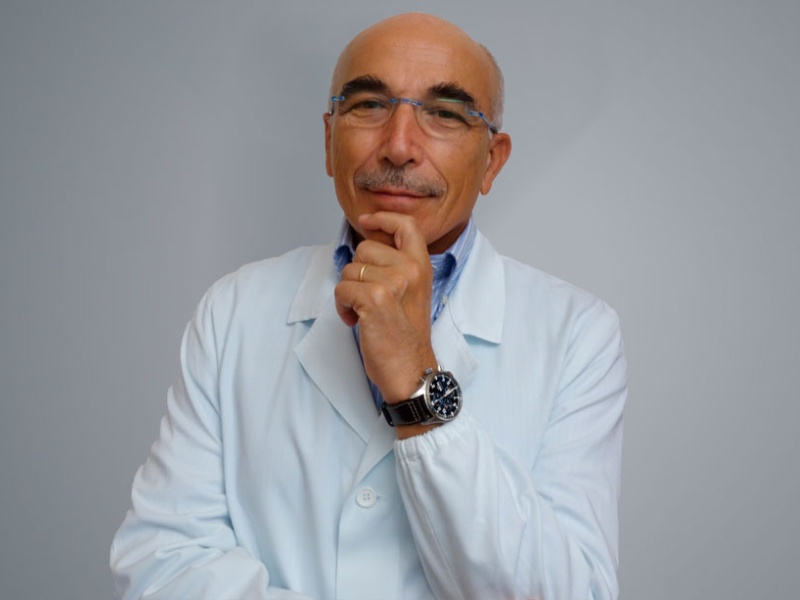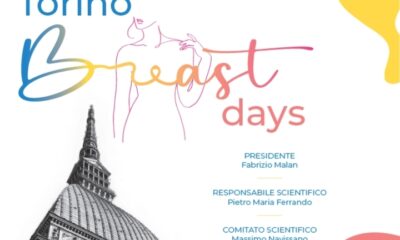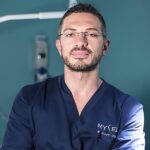Medical doctors and Surgeons
Oncoplastic conservative surgery for breast cancer
«By placing the patient at the centre of the decision-making process, a balance and awareness are achieved, whereby the woman has the opportunity to navigate her journey with serenity»
Breast cancer is one of the diseases most affecting the female population. Despite its severity, major advancements in medicine have contributed to diminishing its dangers. As of today, the recovery rate is high, thanks to new oncoplastic techniques and multidisciplinary teams of specialists who manage the patients. Dr. Maurizio Bruno Nava is a medical specialist in plastic, reconstructive, and aesthetic surgery with extensive experience in breast cancer cases. He is the founder and honorary president of G.RE.T.A. (Group for Reconstructive and Therapeutic Advancements). His extensive experience serving women with breast cancer provides a precise picture of the state of this disease.
Prevention and BRA Day
«At the foundation of proper healing is secondary prevention, which involves utilising all available diagnostic medical tools that allow us to make increasingly early diagnoses of the disease» begins Nava. Unlike primary prevention, which would require eliminating lifestyle habits largely enforced by modern society, secondary prevention is much more manageable and implementable in daily life.
To disseminate information effectively aimed at all women, various awareness campaigns are consistently launched. Beyond prevention, it is crucial to inform women about the different existing solutions for treating cancer. BRA Day, an acronym for Breast Reconstruction Awareness Day, aims to increase awareness and knowledge of this subject. «Little was done before BRA Day to inform women that they also have the option, besides destructive or non-destructive surgical treatment, to reshape the breast using plastic surgery techniques» says Nava.

Secondary prevention and information about various treatment techniques form a winning combination for addressing breast cancer. «These are the same principles that Professor Veronesi advanced in the ‘50s and ‘60s: improve the knowledge among the general populace to convince women that the more they get examined, the more likely they are to receive an early diagnosis, thus discovering an easier-to-treat early-stage breast cancer» Nava recounts. Indeed, it is precisely due to this approach to treating the disease that the recovery rate from this condition is at 90%.
The Role of Patients
In the treatment journey, women must be considered not only as patients but also as active team members with a crucial role in managing therapeutic choices and evaluating outcomes. For this reason, they must have all the necessary information to draw their conclusions. «An informed woman is a woman who faces the journey based on knowledge, receiving adequate information, thereby feeling more serene. I know I have cancer, but I also know I can recover» asserts Nava.
«A team consists of an informed and well-educated woman and a technically skilled surgeon» the doctor continues. «One patient might choose to keep her breast intact even at the risk of recurrence, opting for conservative mastectomy. Another, who could also benefit from breast preservation, might instead request a mastectomy». In such instances, a shared solution is reached after carefully weighing the pros and cons.
«Awareness should not be based on an emotional reaction,» Nava specifies, having developed a system of three meetings to ensure that each patient is informed and confident about what is happening to her. «The first meeting involves the patient and the surgeon, oncologist, pathologist, etc. The second one is mandatory to ascertain if the woman has understood everything and is still committed to the chosen course. The third is to always leave room for the possibility of revising the treatment plan. Thus, a well-informed patient is born».
Oncology and Plastic Surgery: Oncoplastics for Women
The idea of preserving the breast in an operation to remove the tumour is very important. A woman with unattainable expectations of the operation or who finds herself missing a significant part of her body will be unhappy. «Sometimes, perhaps only a part of the breast was removed. But the end result was not what the woman expected» confirms Nava. For this reason, even from the time of Umberto Veronesi, consideration was given to the least destructive methods possible.
«Oncoplastics is a fusion of the words oncology and plastic surgery: it was coined in 1994, and it means implementing all surgical therapies for a radical operation while also using all plastic surgery techniques to give shape back to the breast» concludes Nava. In this way, by leveraging ‘hybrid’ techniques, it is possible to heal the tumor and give back to patients a body they feel is their own.
Prevention, information, and understanding are the foundational pillars for an effective approach to breast cancer. As emphasised by Dr. Nava, the significance of the role of women in the recovery process and the promising evolution of oncoplastics offer a horizon of hope for the future, aiming to bring the recovery rate to 100% and finally eradicate this disease.








































